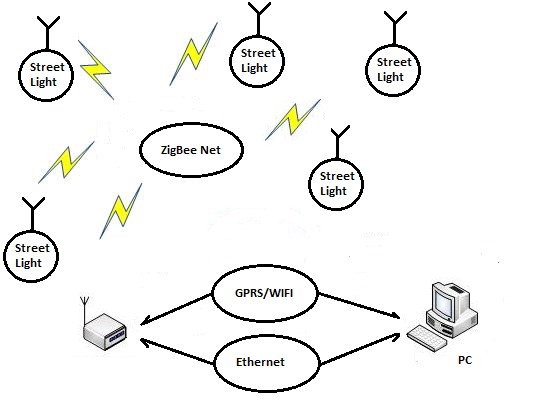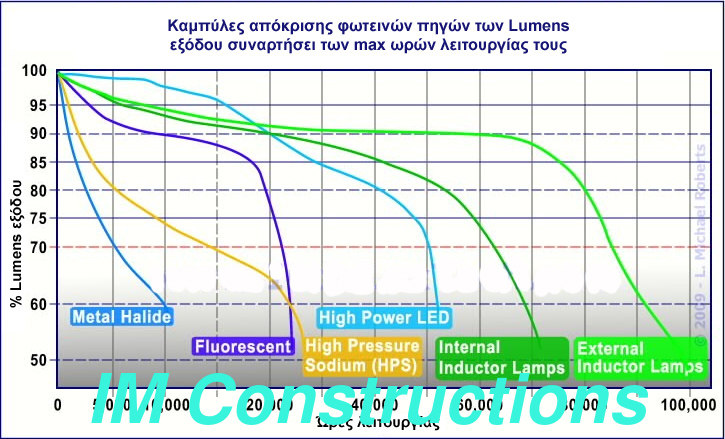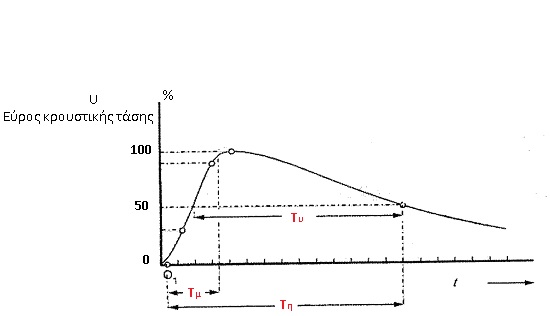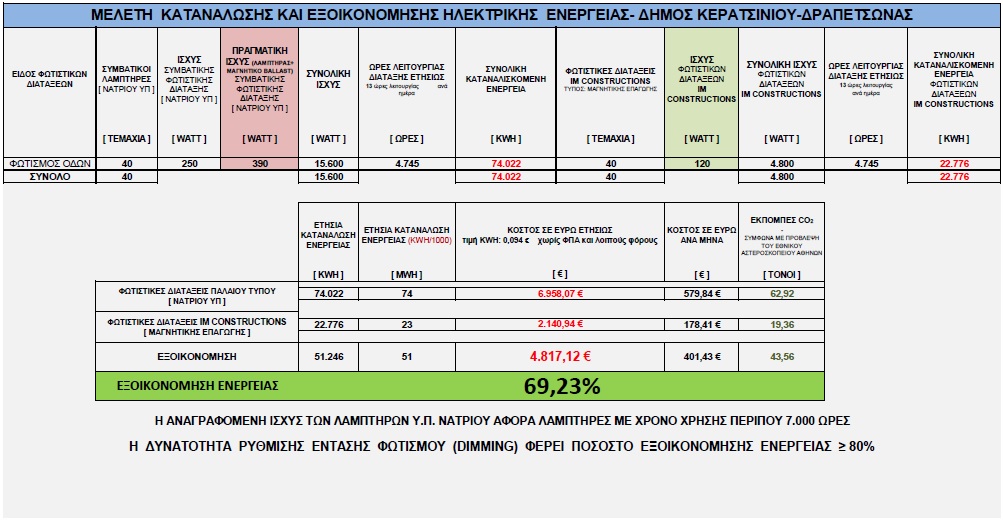1. What is the Magnetic Induction lamp and how does it work?
The questions has been answered here. Click
here.
2. What are the temperature bounds for smooth operation of Magnetic Induction lamp?
The temperature bounds required are from -40 �C to 120 �C, in order to be done fast ionization of the gas and discharge for very low temperatures. Additionally, the Magnetic Induction lamp should not exceed the upper bound in order to create visible spectrum.
3. What is the role of the Switching Power Supply?
The questions has been answered. Click
here.
4. Is the Magnetic Induction luminaire compatible with a remote management system?
The Magnetic Induction luminaires for street lighting work with wireless or not network protocols, because of the switcher they are equipped with.
The wireless network system that has been studied and applied for magnetic induction luminaires is the ZigBee, which is based on the 802.15.4 standard with working frequencies:
3 bands of frequencies, 27 channels
| 2,4 GHz | 16 channels | 250kbps |
| 868,3 MHz | 1channel | 20kbps |
| 902-928 MHz | 10 channels | 40kbps |
ZigBee uses low energy levels - low speed jusqu'à 250 kbps for transmitting information and it sends the data in small packages, supporting a big number of luminaires networks.
The software of ZigBee allows to the user to manage and fully control the operation of luminaires (electrical and spectral measurements).
DALI protocol is another application which could be applied.

5. What is the lifespan of a Magnetic Induction and a LED lamp?
Because of the absence of electrodes inside the lamp and the small amount of current to the coils for the generation of strong magnetic field (that induced into the tube of the lamp creates the visible spectrum) are two advantages of induction lamp defining a very long lifespan (over 100.000 hours).
The high quality materials (triphosphate), located inside the lamp for the creation of the visible spectrum, contribute to the high uptime of the lamp.
Finally, we note that for three quarters of the life of the lamp luminous flux is constant and more than 80% of the original nominal value, as shown in the relevant chart.
As regards the maximum LED lifetime is 50.000 hours.

6. Why should someone prefer a Magnetic Induction type light source instead of semiconductor device Light Emitting Diodes (LED)?
Download the following pdf which contains a comparing table between Magnetic Induction and LED type lighting source.

7. Where are the Magnetic Induction luminaires addressed to?
Magnetic Induction luminaires can be used indoors, like offices, airport facilities, schools and university, as well industrial and production areas. For outdoor lighting Magnetic Induction can be used a) for lamps with socket E27 or E40 (
click here to see) installed in traditional square, sidewalk and elsewhere luminaires, for every type and power and b) street type luminaires (
click here to see).
8. The essential feature of the front of the impulse voltage is the time or the slope, i.e. the rate at which it increases?
It is the
slope. The following diagram illustrates a typical impulse voltage by defining the above sizes.

T� : Time - course forehead
T� : Tail Length - specifies the length of the impulse voltage
T� : ������ ����������� ������
9. Besides IM Constructions, are there any other suppliers in the field of Magnetic Induction luminaires?
Yes, and the most recognized are OSRAM, PHILIPS, SYLVANIA.
10. What energy saving offer Magnetic Induction luminaires versus conventional luminaires high pressure sodium, high pressure mercury, metal Halide and semiconductor devices Light Emitting Diodes (LED)?
According to measurable sizes for each magnetic induction luminaire, of any type, the savings are
≥65%.
Below is a sample of actual measurements carried out in the municipality of Keratsini - Drapetsona, under the obligations and commitments undertaken by
IM Constructions to the Municipality.
As regards the comparison of the energy saving of Magnetic Induction and LED lamp, we must mention that it can be almost the same, but because of thermal resistances in series of a lighting device system LED (composed of a plurality of LED to achieve the desired power) as increasing the power of LED, for a given light source (current change), i.e. decreased savings of power, the device has to face the large amounts of heat, that cannot be managed.
Otherwise, the power drop that absorbs, because of changes in the current or temperature increase, reduces the flux, and therefore the brightness, one of the basic measurements that define the standard and specifications for street lighting, as well the lifespan (aging) of LED.
These contribute to the overall power savings or energy.

11. What is the difference between CFL and PL bulb?
CFL → Built-in power supply
PL → External Power Supply (Ballast)
They also have different base host.
12. In which cities of our country or abroad are installed Magnetic Induction lighting fixtures?
In Greece Magnetic Induction luminaries have been installed in over 50 municipalities. Abroad are installed in Qatar, Saudi Arabia, Russia, Cyprus and elsewhere.
13. If necessary, does the company offer technical support and spare parts?
The company provides 24-hour support for all its products according to the distance, having a large stock of materials for this purpose in its warehouses.
14 Do The Magnetic Induction and LED luminaires contain hazardous or toxic materials?
Magnetic Induction:
- Amalgam Mercury (Hg) outside the structural tube - Recyclable material
LED:
- Arsenic (As) As2O3, such as its salts, are drastic poisons
- Gallium Indium Nitride to achieve the blue spectrum





